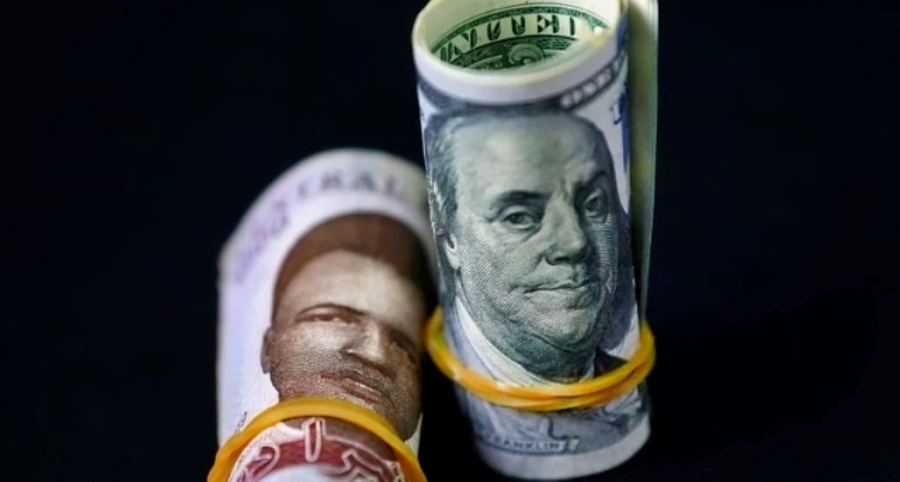The exchange rate between the naira and the dollar reached an intra-day high of N1,515 yesterday (Monday), data from FMDQ, where currencies are traded officially revealed.
This represents the worst intra-day high in nearly two months as Nigeria continues to grapple with demand pressures and a globally stronger dollar.
The last time the intra-day high surpassed the N1,500 mark was on March 21, 2024, when it closed at N1,598/$1. Since then, it has traded below N1,500.
The intra-day high represents the highest price at which the dollar traded against the naira on the official market during a single day of trading. The exchange rate typically fluctuates throughout the day
At the official NAFEM, the naira closed trading at an exchange rate of N1,478.11/$1, compared to N1,466.31 recorded a day earlier.
Records show that this is the lowest the naira has been against the dollar since March 20, 2024, when it closed at N1,492/$1. At N1,478.11/$1, this represents a day-to-day depreciation of 0.8%.
On a month-to-date basis, the exchange rate has depreciated by 5.89% in May, with just two weeks into the month.
The exchange rate depreciated by 5.8% for the entire month of April. Year to date, the naira has depreciated by 38.6%.
The intra-day low, which is the lowest rate quoted during the day, was N1,301/$1, stronger than the N1,322/$1 recorded a day earlier. As stated, the intra-day high reached N1,515, compared to N1,490/$1 recorded a day earlier.
Meanwhile, as the exchange rate weakened, daily turnover surged to $217.6 million—the highest since May 2, when the market recorded $232.8 million in turnover.
The daily average turnover has been around $157 million in May, significantly lower than the $189 million achieved in the corresponding period in April.
Also, Data obtained from parallel market operators, quoted an exchange rate of between N1,480 and N1,500, depending on whether it is a wire transfer or a cash exchange.
The disparity between the official and parallel market rates has narrowed in the last few weeks following the central bank’s market-oriented approach to price discovery.
In some cases, rates are weaker on the official market compared to the parallel market. However, since the latest round of depreciation, the parallel market appears to have weakened more than the official closing rates.
Some traders attributed this weakness to demand pressures arising from the forex needs of importers and Nigerians seeking forex for travel abroad.
Feedback from some banks suggests that customers at commercial banks still find it difficult to purchase forex over the counter, as they are often told it is unavailable.
This compels some of them to turn to the parallel market, further piling pressure on the exchange rate.
Nigeria continues to face rising inflation and spiraling weaker purchasing power. The recent removal of electricity subsidies has also led to higher tariffs for Band A customers, which could further exacerbate exchange rate pressures.






